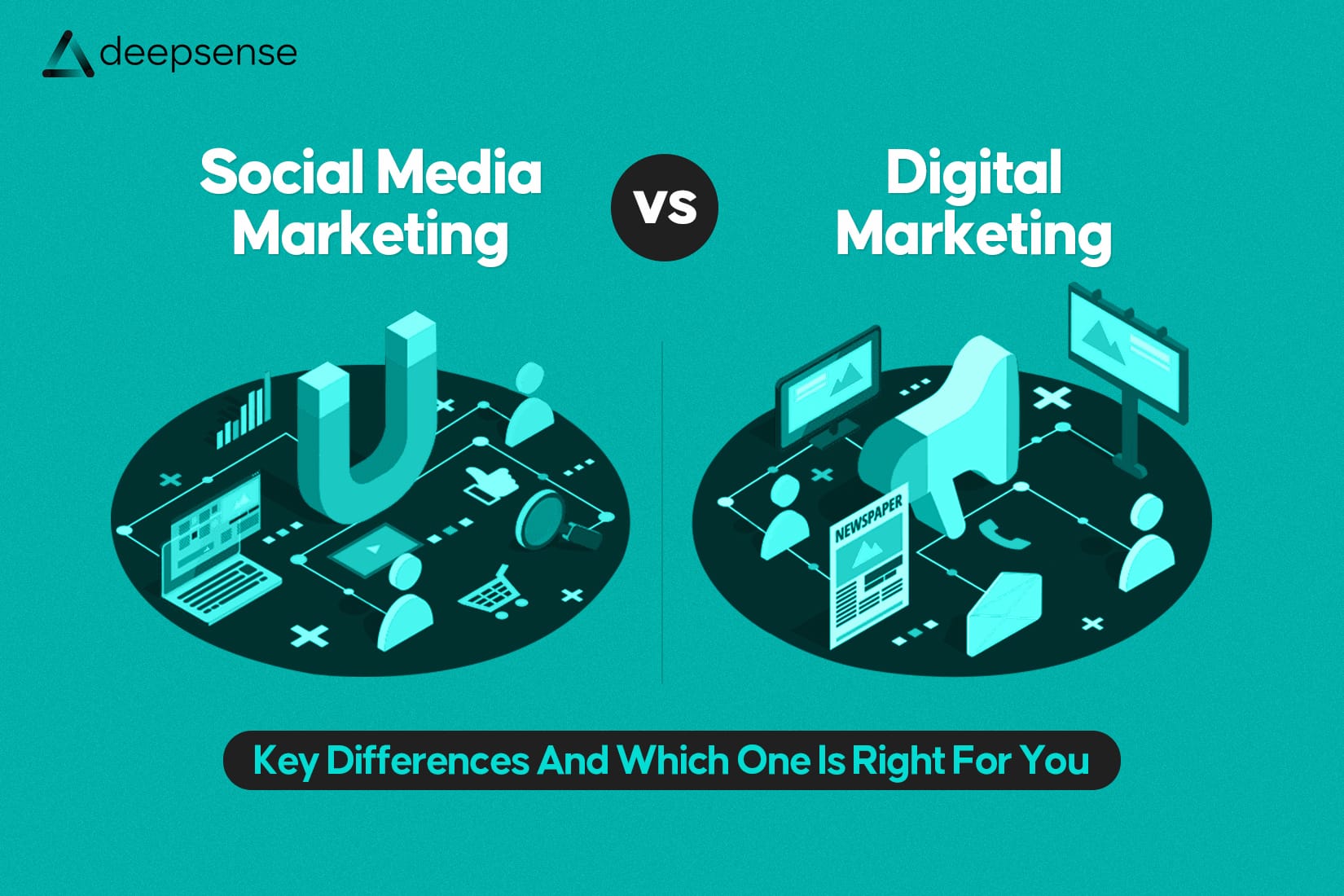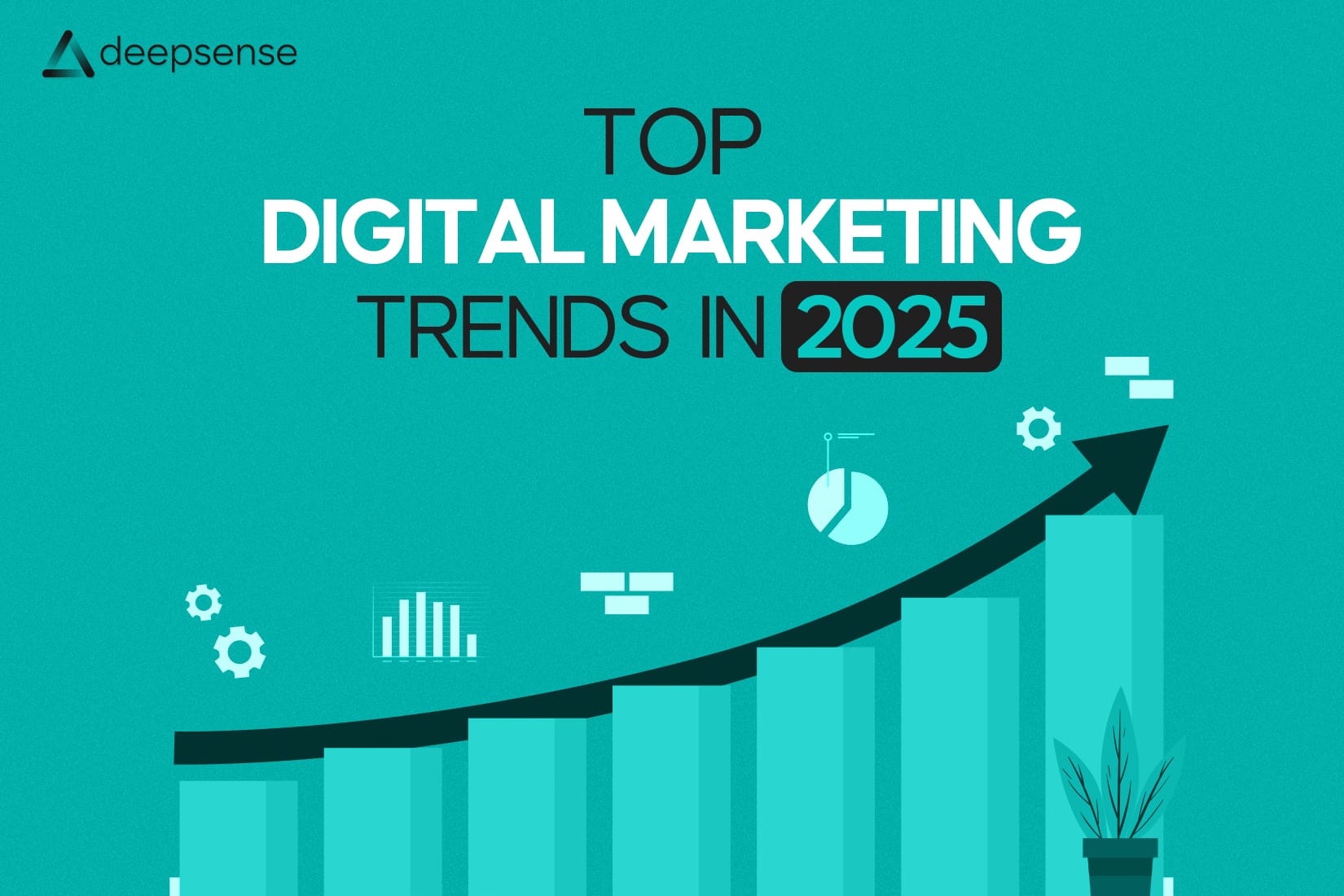Introduction: Why Digital Marketing Is a Lifeline for NGOs Today
We live in a time when a single tweet can spark a movement, a Facebook post can rally volunteers, and a viral video can raise lakhs in donations overnight.
For NGOs, digital marketing isn’t just a promotional tool; it’s survival, visibility, and voice.
You might have the most impactful mission, feeding the hungry, rescuing animals, empowering women, educating underprivileged kids, but if the world doesn’t know about your work, your impact remains limited.
And let’s face it: NGOs often work with tight budgets and tiny teams. That’s where smart digital marketing comes in, it lets you do more with less.
Whether you’re a new grassroots initiative or a decades-old nonprofit, these 10 tried-and-tested digital strategies will help you get noticed, build support, and grow your cause.
Let’s dig in.
1. Build a Mobile-Friendly, Emotionally Engaging Website
Your website is your digital home: the place donors, volunteers, and media go to understand who you are and why you matter.
What your site must have:
- About page: Share your mission, vision, story, and values.
- Impact page: Use stats, visuals, and testimonials to show real change.
- Donation page: Keep it clean, fast, and mobile-optimized. Add multiple payment options (UPI, cards, PayPal).
- Volunteer sign-up form: Easy to use, with clear roles and timelines.
- Blog/updates: Show regular activity and transparency.
- Contact options: WhatsApp buttons, social links, helpline number.
Example: Akshaya Patra Foundation has a simple, emotionally powerful site that clearly outlines impact, donation options, and updates.
Stat: 57% of donors say a poor website experience reduces their trust in an NGO.
2. Make Social Media Your Daily Diary and Advocacy Tool
Social media is where the world spends time, and it’s where your mission can shine.
Best platforms for NGOs:
- Instagram – Perfect for storytelling through photos, Reels, and behind-the-scenes.
- Facebook – Great for fundraising campaigns, events, and long-form posts.
- LinkedIn – Build credibility, attract CSR partners, and showcase governance.
- X/Twitter – Real-time updates, crisis responses, and tagging influential voices.
- YouTube – Long-form storytelling, educational series, and documentary-style impact videos.
Post Ideas:
- “Day in the life” of a field volunteer
- Before-and-after transformation stories
- Quotes from beneficiaries
- Campaign countdowns
- Thank-you shoutouts to donors
Example: Teach For India regularly uses Instagram to share teacher and student stories, turning education into an inspiring narrative.
3. Send Emails That Stir Hearts and Inspire Action
Email marketing might sound old-school, but for NGOs, it’s a direct line to donors, volunteers, and champions.
What to include in your emails:
- Monthly newsletters with milestones
- “Behind the scenes” stories
- Upcoming campaign announcements
- Annual reports and financial transparency
- Volunteer shout-outs or spotlights
Tools: Mailchimp (free for small lists), Brevo, Zoho Campaigns
Stat: Donor retention increases by up to 45% when donors receive consistent, well-crafted emails with real impact stories.
4. Take Advantage of the Free $10,000/Month Google Ads Grant
Yes, this is real. Google offers eligible nonprofits up to $10,000/month in free search ads through their Google Ad Grants program.
Use it to:
- Drive traffic to your donation or volunteer pages
- Promote awareness campaigns and petitions
- Boost registrations for online events or webinars
Example: A children’s NGO in Delhi used Google Ads to target “sponsor a child education” and saw a 4x increase in donor sign-ups.
Note: You’ll need someone who understands keyword bidding, ad creation, and landing page optimization, but the results are 100% worth it.
5. Share Stories Through Content Marketing
Content marketing is about educating, inspiring, and emotionally connecting with your audience through written or visual content.
What to write or create:
- Blog articles (e.g., “How we helped 1,000 families during floods”)
- Infographics (e.g., “5 facts about hunger in India”)
- Educational pieces (e.g., “Why period poverty matters”)
- Case studies and success stories
- FAQs about your cause (e.g., “Where does your donation go?”)
Example: CRY (Child Rights & You) runs an active blog explaining laws, child rights issues, and impact data in plain language.
Pro Tip: Repurpose blog content into Instagram carousels or LinkedIn posts.
6. Use Short-Form Video to Go Viral with Emotion
Attention spans are shrinking. Short-form video is the most powerful format for NGOs to trigger empathy and shares.
What to film:
- 60-second transformations (before/after)
- “Meet our hero” clips (beneficiaries or volunteers)
- Appeals from the field
- POV videos of donation distribution
- Mini-vlogs of field visits
Post on: Reels, Shorts, Facebook Stories, and TikTok (if available in your region).
Stat: Video content receives 12x more engagement than images or text.
Example: World Wildlife Fund uses Instagram Reels to highlight endangered species with powerful music and facts.
7. Collaborate with Influencers and Local Champions
You don’t need celebrities. Local voices, youth influencers, and micro-creators can drive significant awareness.
How to collaborate:
- Invite them to visit your projects
- Co-host a Live session
- Let them take over your Instagram for a day
- Ask them to share your campaign on their story
Example: An animal shelter in Mumbai collaborated with pet influencers to run a “Home for the Holidays” campaign, helping over 200 animals get adopted.
8. Make Your NGO Searchable with SEO
When someone types:
“NGO helping widows in Bangalore” or
“Where to donate old clothes in Kolkata”—
Will your NGO show up?
Basic SEO Steps:
- Use keywords naturally in blog posts, headlines, and URLs
- Write content answering search queries like “best NGO for child education”
- Add Google My Business with proper category and location
- Add alt text to all images
- Regularly update your sitemap and ensure fast loading speed
Use tools like Ubersuggest or SEMrush to find relevant search terms.
9. Launch Purpose-Driven Digital Fundraising Campaigns
Create emotionally strong campaigns with a clear “why now” message.
Campaign Types:
- One-time: “Sponsor a child’s school kit for ₹1,200 this Diwali”
- Crowdfunding: Use Ketto, Milaap, or GoFundMe
- Corporate Match: “Your ₹100 = ₹200” with CSR partners
- Birthday Fundraisers: Encourage supporters to raise funds on their birthday
Example: A menstrual hygiene NGO raised ₹8 lakhs in 4 weeks by running a “Period Dignity Kit” crowdfunding campaign with social video testimonials.
Tip: Use visuals + transparent fund usage = higher trust.
10. Create and Stick to a Content Calendar
Don’t post randomly. Plan ahead for consistency and relevance.
What to include in your calendar:
- Key UN/NGO days (World Environment Day, Giving Tuesday)
- Local holidays or festivals (opportunity for gratitude/fundraising)
- Campaign launch dates and phases
- Weekly slots for blog, Reels, testimonials, and volunteer content
Tools to use: Google Sheets, Trello, Notion, Canva Content Planner
Pro Tip: Use storytelling themes, like “Motivation Monday,” “Thank You Thursday,” or “Field Friday”, to create content rhythm.
Conclusion: Purpose + Digital = Powerful Change
You don’t need a fancy agency or million-dollar budget to run effective digital campaigns. You just need a clear voice, authentic stories, and consistency.
Whether you’re trying to educate 1 child or save 10,000 trees, the right digital strategy helps you scale your cause, mobilize support, and win hearts.
In the digital world, your voice doesn’t have to be the loudest, it just has to be real, clear, and worth listening to.
FAQs
1. What is digital marketing for NGOs?
Digital marketing for NGOs involves using online platforms: like websites, social media, email, and ads, to raise awareness, engage supporters, attract donations, and spread their mission effectively and affordably.
2. Why is digital marketing important for NGOs?
Because it helps NGOs reach more people with less money. With the right strategies, even small nonprofits can gain visibility, share stories, and build trust with global audiences, something traditional marketing can’t do at scale.
3. What are some low-cost digital marketing tools for NGOs?
- Canva – for design
- Mailchimp – for emails
- Google Ad Grants – for free ads
- Meta Business Suite – to manage Facebook & Instagram
- Trello/Notion – for planning content
- Google Analytics – to track website traffic
Most of these tools have free versions suitable for small NGO teams.
4. What should an NGO post on social media?
NGOs can post:
- Impact stories
- Behind-the-scenes visuals
- Quotes from beneficiaries
- Volunteer testimonials
- Campaign countdowns
- Calls for donations or support
- Awareness on social causes
Keep the content human, honest, and mission-driven.
5. How can NGOs raise funds online?
NGOs can:
- Use platforms like Ketto, Milaap, or GoFundMe
- Promote donation links through email and social media
- Partner with influencers or brands for campaigns
- Create emotional short videos and appeals
- Set up recurring donations through their website
6. How do Google Ad Grants help NGOs?
Google Ad Grants gives eligible NGOs $10,000/month in free advertising credit to run text ads on Google Search. It can drive more traffic to their website, donation pages, or volunteer signups, at no cost.
7. What kind of videos should NGOs make?
- Short reels showing real impact
- Before/after transformation stories
- Testimonials from beneficiaries or volunteers
- Emotional appeals for support
- Event highlights
- Storytelling documentaries (even under 2 mins)
Video is the most engaging format for digital storytelling.
8. How often should NGOs post on social media?
At least 3–4 times a week is ideal. The key is consistency. It’s better to post less frequently with quality and emotional resonance than to post daily without strategy.
9. How do I know if my NGO’s digital marketing is working?
Track KPIs like:
- Website traffic
- Social media reach, shares, and saves
- Email open and click rates
- Online donation volume and frequency
- Volunteer sign-ups
Use free tools like Google Analytics and platform insights to measure.
10. Can small or local NGOs compete with bigger ones online?
Absolutely! With authentic stories, consistent effort, and smart use of free tools, even small NGOs can build strong communities and attract donors. In digital marketing, real impact beats big budgets.











